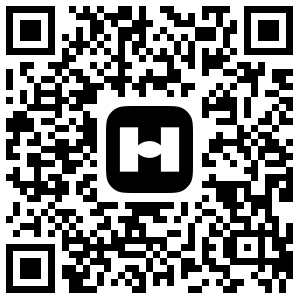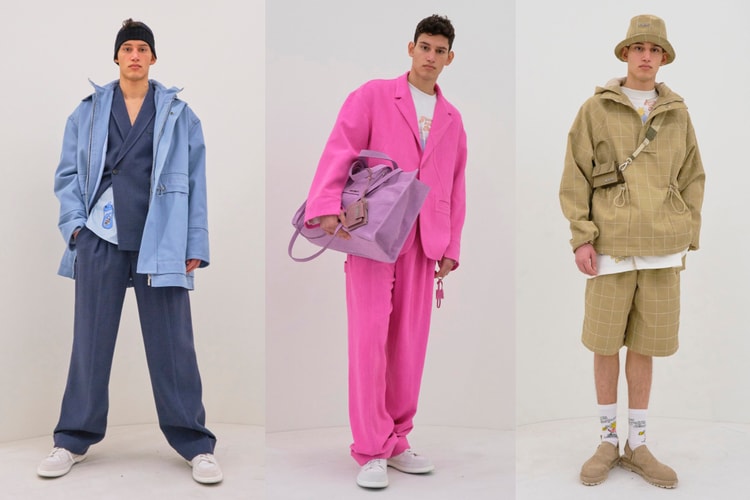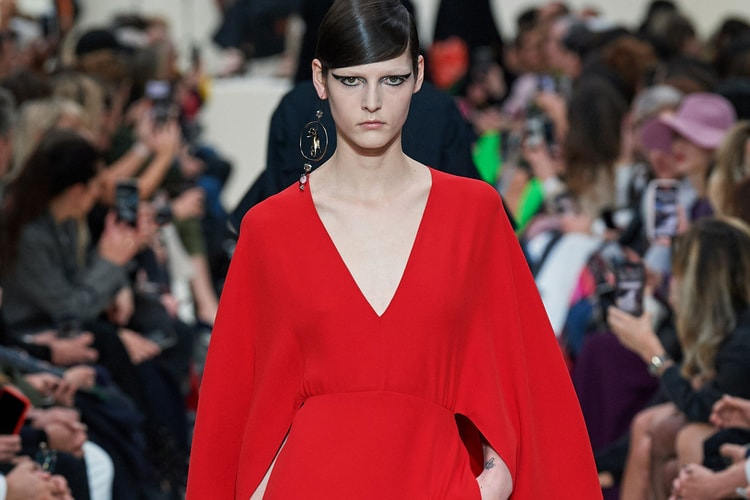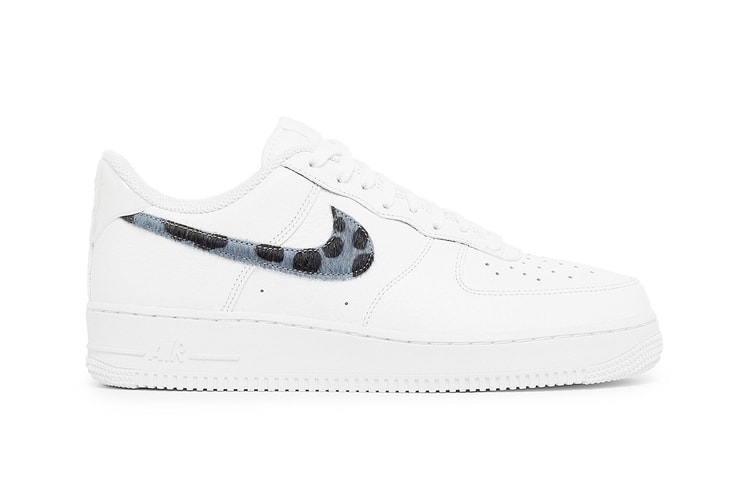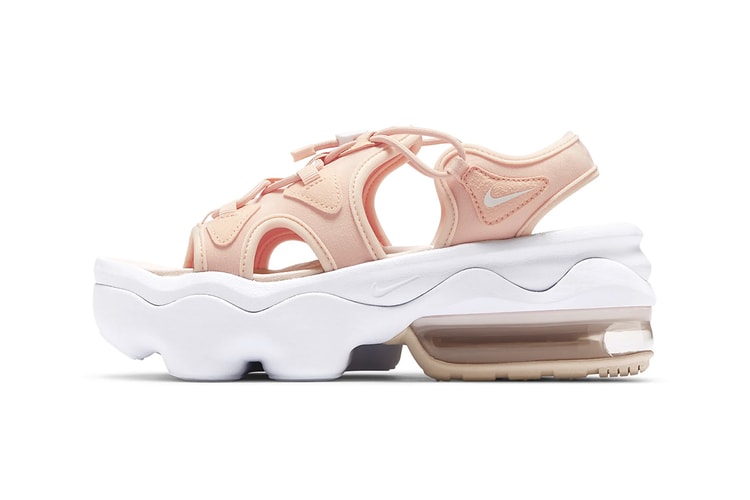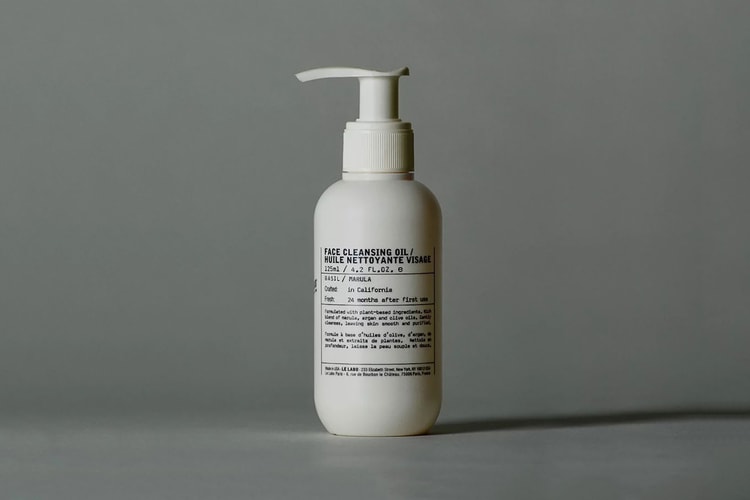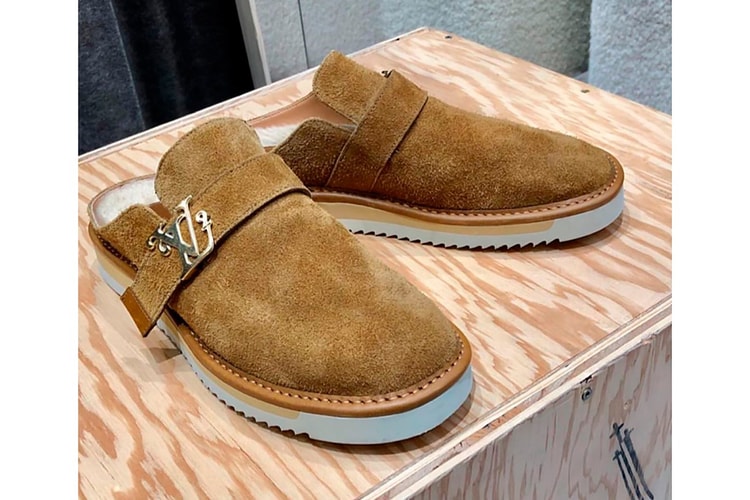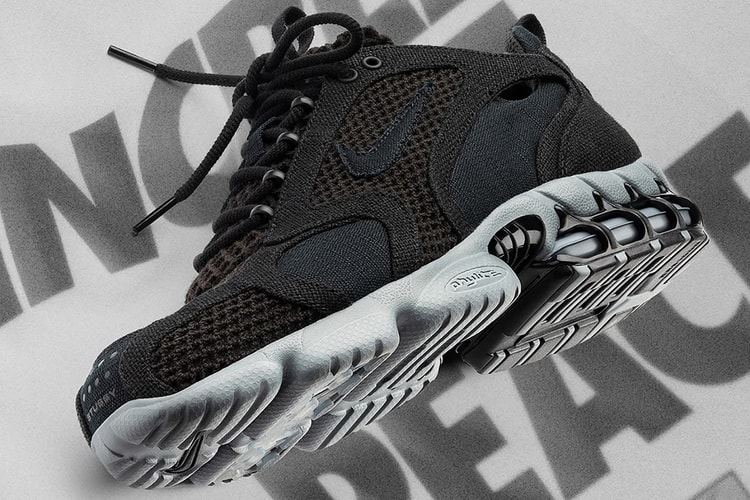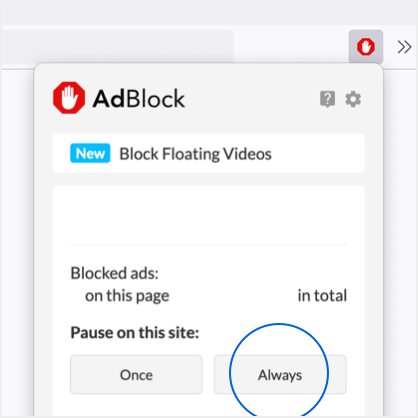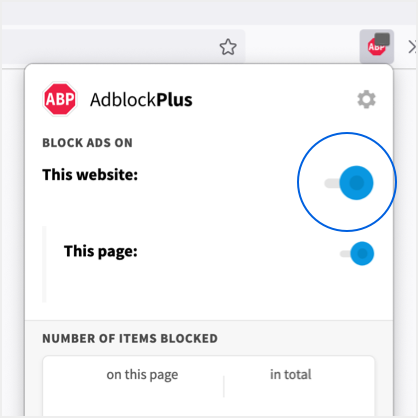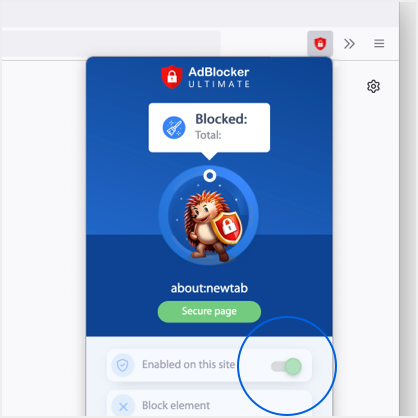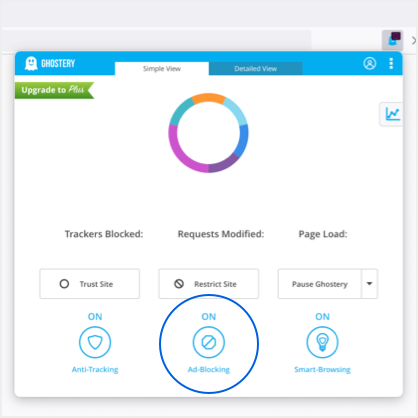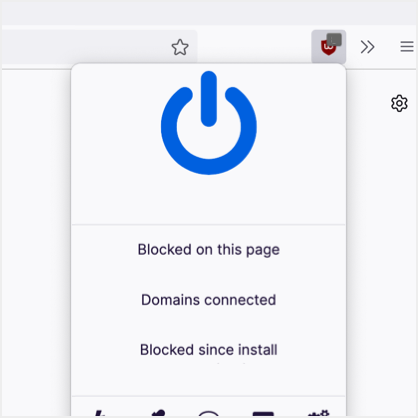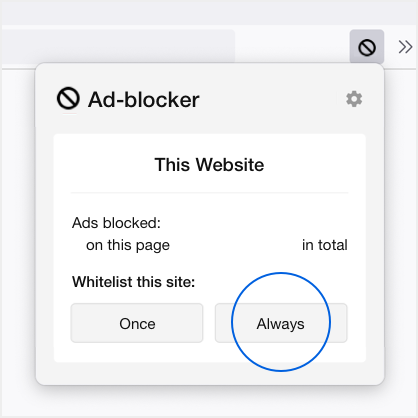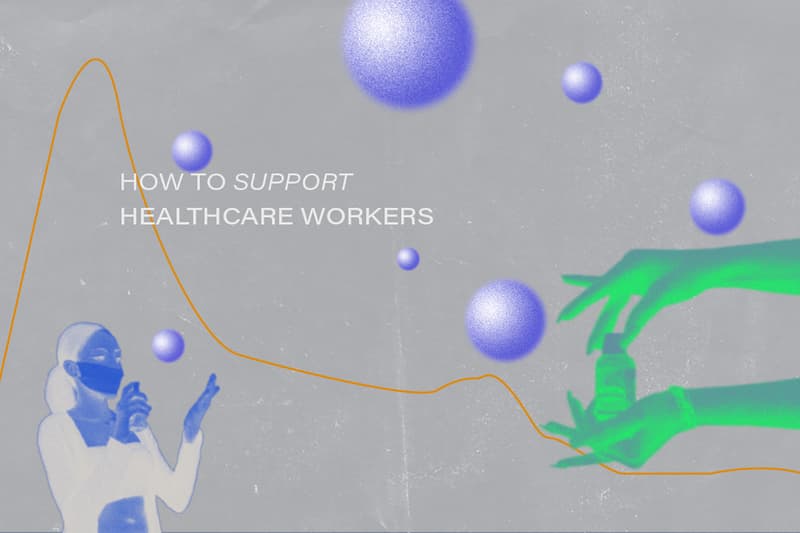
Healthcare Workers Around the World Tell Us How We Can Support Them Amid COVID-19
Six medical professionals share their stories from the front lines.
To say that we are living in a time of uncertainty is an understatement, especially for healthcare professionals working the front lines of the coronavirus pandemic. Cities across the world are currently dealing with this health crisis in different ways with the help of medical professionals. Working long hours throughout the week, these healthcare workers and emergency responders are in desperate need of support and encouragement.
In honor of International Nurses Day (May 12), we spoke with four nurses and two doctors — from Seoul, Hong Kong, New York City, New Jersey, Vancouver and London — about their stories of fighting COVID-19. Out of respect for their privacy, the identities of the healthcare workers we interviewed are kept anonymous.
Towards the end of January, the WHO’s novel coronavirus situation report confirmed cases in a few countries outside of China, including South Korea. “A few thoughts went through my mind when the WHO declared coronavirus a pandemic. I knew that the situation wouldn’t end right away and that it would continue for a while,” a doctor from the Accident and Emergency (A&E) Department of a Seoul hospital told us. “I wasn’t sure about the structure of my shifts, but I did expect that my working conditions would become more difficult. As the number of confirmed COVID-19 cases increased, many smaller hospitals started to reject patients with mild fevers.”
Unfortunately, cases in the country spiked after a 61-year-old woman, a member of the Shincheonji Church of Jesus in Daegu who became “Patient 31,” tested positive for COVID-19 on February 20. According to The Washington Post, 15 more people from the church were infected two days after. A month later, thousands of people tied to the Shincheonji church tested positive as well. By mid-March, “the cluster at the Shincheonji church accounted for 5,080 confirmed cases.” It was during this time when the atmosphere at the country’s hospitals started to become tense. “Having to prioritize quarantining and testing patients with coronavirus symptoms, we were always short-staffed and lacked resources. Everybody was overwhelmed and at this point, most of us were just exhausted,” the doctor from Seoul shared.
Hong Kong, one of Asia’s major cities, recorded its first case on January 22. Having been through the SARS (Severe Acute Respiratory Syndrome) outbreak in 2003, the majority of local residents immediately took health precautions and started wearing face masks to prevent the spread of the virus.
“I was working at the Accident and Emergency Department when a few of the initial confirmed cases came in. At the time, there was quite a bit of anxiety as there was little data on how fatal or transmissible the virus was. Older staff who experienced the SARS epidemic in 2003 were anticipating a repeat and younger staff, like myself, didn’t know what to expect,” explained a house officer who works at the Department of Medicine at a Hong Kong hospital. For those who aren’t familiar with the occupation, house officers are mainly responsible for executing orders given by senior doctors in a hospital. They are also the first doctors that nurses contact for patient care issues, ranging from life-threatening problems to non-urgent cases. “On top of the uncertainty surrounding the virus, there were also concerns that personal protective equipment (PPE) would soon run out as the use of masks or gowns that were previously readily available became more restricted.”
As for New York and New Jersey, confirmed cases started to rise at the beginning of March, shortly before the WHO declared COVID-19 a global pandemic on March 11. However, the very first confirmed person-to-person transmission case in the U.S. was reported on January 30 in Chicago.
“I knew we were, excuse my French, f*cked. I already saw how they were handling it overseas with quarantines, closing shops, etc. I immediately thought Americans would not respond well to these methods because they’re so concerned about being stripped off of their liberties here, which is understandable. This entire time we’re being controlled by fear, so of course, I was scared,” a nurse from the Medical-Surgical/Telemetry Department at a New Jersey hospital expressed. “When the cases started to spike, we had one unit with one confirmed case. The next week, there were three and the week after, 20. To this day, only one unit remains coronavirus-free and that’s because it is for cancer patients. The work atmosphere was and still is full of fear, tension and disrespect. Fear from the nurses, nurse aides, housekeeping, maintenance and more — our administration changes policies every day regarding PPE, calling in sick for work and unpaid leave. These supervisors and managers all used to walk around the hospital, greet patients, ask them what they think and now they’re all hiding.”
A nurse in NYC also shared with us what the atmosphere at her hospital was like when cases started to escalate: “There were so many admissions, lack of beds and lack of staff as more of my coworkers started to develop symptoms. It would be difficult sometimes because we would be trying to minimize PPE usage and exposure. However, when patients would call for another blanket or another pair of socks, we would have to use such equipment to go into the rooms. At times, it felt like I was just drowning trying to do everything.” By March 23, the Big Apple had a total of 21,000 cases confirmed, making it the city with the largest number of people infected by the outbreak in the United States.
The virus officially hit Canada towards the end of January as well, after a man flew into Toronto from Wuhan and became the first “presumptive” case in the country, as reported by CBC. “Even before the WHO declared COVID-19 a pandemic, I already began to worry about the novel coronavirus. We started talking about it at work at such an early stage in preparation for what we speculated this could develop into, as it has,” explained a nurse who works at an infectious diseases clinic in Vancouver, British Columbia. “A lot of our patients looked to us for answers about COVID-19, like ‘How bad will this get?,’ ‘When will this end?,’ or ‘What happens if I get it and I’m immunocompromised?.’ However, I am so incredibly lucky that we have done an amazing job in BC of uniting as a province and flattening the curve thanks to the leadership of Dr. Henry and Dr. Tam, who are leading BC and Canada in the fight against COVID-19. I’m also thankful for the BC Centre for Disease Control that has worked really hard to give us as many of the answers that they can about COVID-19. When you look at the statistics, I definitely feel that their efforts helped BC reduce the larger impact COVID-19 could potentially have.”
According to Independent, the UK‘s first two coronavirus-positive patients were Chinese nationals from the same family. Cases began to surge in March, which led to Prime Minister Boris Johnson announcing the country’s lockdown. “In the beginning, it was really hard to cope once cases started to spike. Even though we were expecting the additional workload, the drastic revisions from the routine we were used to gave us heavy burdens,” a nurse working at an Intensive Care Unit in London told us. “We were short on manpower. Sometimes we did have enough people but based on skill sets, not all are technically qualified to look after a critically-ill patient. The PPEs were also a change we needed to implement in order to protect ourselves. We were wearing protective gowns on top of our scrubs and we had to wear a tight-fitting mask for a couple of hours, which would leave painful red marks.”
As pointed out by the nurses and doctors we spoke with, battling the coronavirus pandemic as healthcare workers is certainly not an easy task. As a gesture of gratitude for those on the front lines, here are a few ways you can show your support to medical professionals in your city. Read on to learn how you can help make a difference amid these trying times.
Stay at home when you can.
Despite being said countless times, it cannot be stressed enough for us to try staying at home amid this pandemic. Many cities have already enforced strict laws when it comes to staying indoors, which is one effective way of supporting not only healthcare professionals, but also for keeping everyone around the world safe. “I have seen so many people having picnics in parks in large groups and hearing about people going for ‘socially distant’ walks, but I ask everyone to really get out a tape measure and figure out how distant two meters really is. Otherwise, just stay home if you can and don’t need to be out,” the nurse from Vancouver expressed.
Continue to practice social distancing and maintain personal hygiene.
Social distancing can help reduce one’s exposure to the virus. This is why it is still important to physically keep your distance from other people as much as you can. A nurse from NYC explains: “This virus travels through droplets and they can enter through your mucous membranes, so limit touching your eyes, nose and mouth. Also, please stop wearing gloves on the subway. If you’re not regularly changing your gloves every time you touch a surface, then you are spreading the virus not only to yourself but to others. It is not an effective way of protecting yourself. Please just use hand sanitizer instead.”
According to Rachel Bridges, a representative from the UN Foundation, you can do your part to help slow the spread by calling the doctor if you think you have COVID-19 and following their advice. Symptoms include fever, cough and difficulty in breathing.
Acknowledge the hard work of healthcare workers.
A simple gesture goes a long way. Saying “thank you” or recognizing the work of healthcare workers will help boost their confidence during this challenging time. “Getting recognized for what you do is always a nice feeling. There were a few instances when words of encouragement from my patients boosted my confidence and energy on days when nothing seemed to be going smoothly,” the junior doctor from Hong Kong shared.
Stay vigilant and don’t become complacent.
While some cities are slowly flattening the curve, that shouldn’t be a reason for anyone to jump back into their “normal” routine right away. Bear in mind there is still no vaccine to prevent COVID-19. One of the healthcare workers we interviewed stressed the importance of staying vigilant and not becoming complacent: “Quarantine hasn’t been easy on anyone, but it is the most effective means of combating the transmission of COVID-19 until we develop a vaccine.”
Make a donation.
According to Bridges, the UN Foundation is supporting the WHO’s efforts to respond to the COVID-19 pandemic in countries around the world, especially those that are vulnerable, through the COVID-19 Solidarity Response Fund for WHO. Funds raised through this initiative help provide PPE for front line health workers, as well as training to ensure first responders know how to prevent, detect and respond to COVID-19 in their communities. People across the globe can donate directly online and via its Facebook or Google fundraiser.
You can also show your support by contributing to Project C.U.R.E. According to the organization’s Director of Marketing and Communications Micah McDonough, Project C.U.R.E is currently donating all of its masks, gloves, PPEs and other items needed to its communities in Denver, Nashville, Phoenix, Houston, Philadelphia, Kansas City and Chicago. For those interested in helping, you can make a donation via Project C.U.R.E’s website.
If you’re interested in contributing to other organizations, we’ve gathered a few relief funds and initiatives below:
